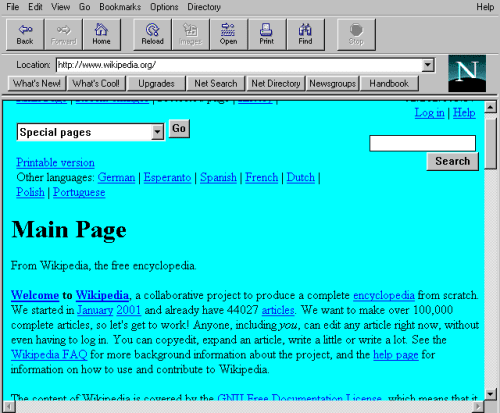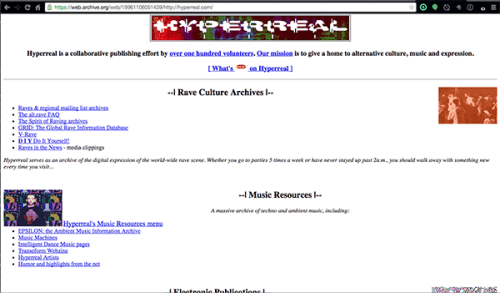One Final Thing
One final thing #
For those of us who have been playing in/with 'the web' for 10 years or longer remember pages like the ones in the figures below. There was no Javascript and, I believe, the original CSS specification was released in 1996 so there was no CSS to play with.


Why do I bring this up? Because we've gotten spoiled by riches. We talk about critical rendering path, page load and web typography and that's good. But we forget that what may be an acceptable page load in Mountain View, California may not be acceptable in Thailand where the dominant form of Internet access is the mobile smart phone (Tech Wire Asia).
As Eric Meyer reminds us the web is more than just JavaScript, CSS and the latest and greatest Framework, API or micro service. We need to make sure that the content is accessible whether we have CSS and JavaScript enabled or whether they are in a broadband Gigabit connection or in a very slow dial-up connection in Africa or India or for people using assistive technology devices.
This Web App Best Viewed By Someone Else - Eric Meyer keynote at Fluent 2015
As content developers we need to continually ask ourselves what would happen if we can't download the CSS or if the user has JavaScript disabled. We need to make this a part of our testing and development process.
In the web front-end stack — HTML, CSS, JS, and ARIA — if you can solve a problem with a simpler solution lower in the stack, you should. It’s less fragile, more foolproof, and just works.
